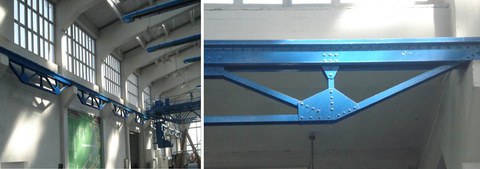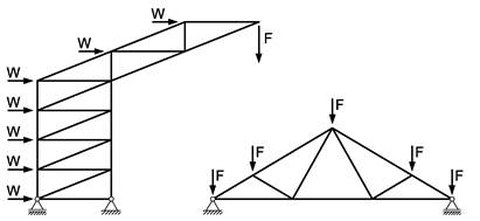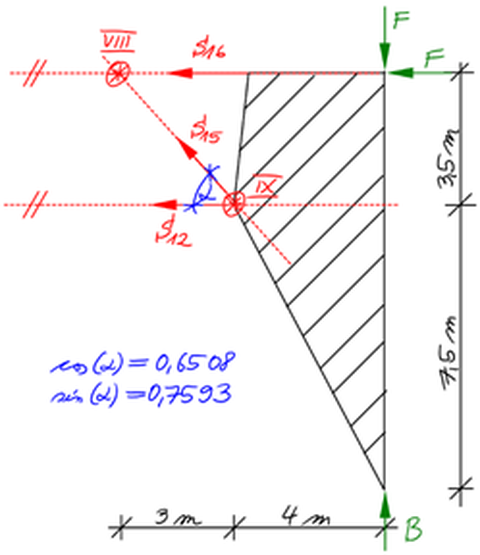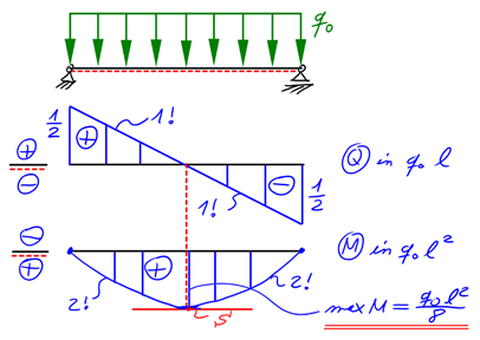Fundamentals of Stereo Statics: Dr. Rainer Schlebusch (#RS1)
Format
The TUD e-learning gem ‘Fundamentals of Stereo Statics’ offered an introduction to the static equilibrium of rigid bodies. Students got to grips with the groundwork via asynchronous video lectures. They then consolidated what they learned with comprehensive asynchronous sample exercise videos and practiced solving the problems themselves with the asynchronous video exercises. Moreover, students could apply the content and methods they learned by completing tasks with detailed solutions and referring to a collection of sample solutions on core topics. Any questions that came up during the course were clarified as needed in a synchronous online consultation. Students could also submit their inquiries via email. Throughout the course, students were required to complete an assignment (for which they received prompt feedback), which ultimately served as preparation for the written module examination. We supported the students’ successful completion of the module by providing sample examinations (with short solutions) and by allowing the use of cheat sheets in the exam. Cheat sheets are helpful as they promote transparency and encourage the students to review the core material extensively.
Access to the OPAL course: https://tud.link/ywyl
Keywords
Engineering mechanics, stereo statics, statics of rigid bodies, equilibrium, load-bearing structures
Description
Sophisticated static methods are necessary for analyzing the stress on load-bearing structures, e.g. large halls and bridges (see Figures 1 and 2).

Figure 1: Exhibition hall with an underslung trapezoidal crane girder structure at the Technikmuseum Hugo Junkers (Hugo Junkers Museum of Technology) in Dessau-Roßlau.

Figure 2: Gdańsk Market Hall (Hala Targowa) with supporting trussed roof.

Figure 3: Static systems showing the ideal truss of a crane with boom (left) and roof truss (right).
The ‘Fundamentals of Stereo Statics’ module offered an introduction to the static equilibrium of rigid bodies. First, students learned the fundamentals necessary to calculate forces and moments in engineering projects. This afforded them an understanding of the static systems of rigid bodies. They also learned the definitions of system properties, such as support types, internal connections, and loads (Figure 3).

Figure 4: Free-body diagram for calculating the forces in truss members (internal forces) using method of sections.
Students learned to apply common methods for determining internal forces and moments within trusses and beam structures (Figure 4).
Furthermore, students learned how to investigate the stresses on load-bearing structures and how to present diagrams of their results (Figure 5).

Figure 5: Illustration of the distribution of internal stresses (shear-force and bending-moment diagrams) in a structure (simply supported beam) loaded on bending.
Contact
Voting ID
#RS1
